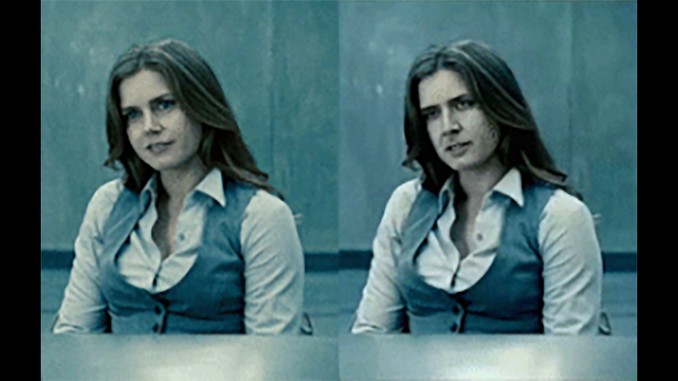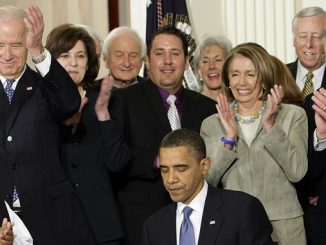
An emerging trend for both the advertising and entertainment industries are edited videos known as deep fakes. They’re videos or clips of people doing and saying things that they’ve never done or said. Oftentimes they are used for comedy, as in a video of Tommy Wiseau playing in Star Wars, for example.
These videos use technology to map an individual’s face so that it can be digitally manipulated to look like another person. This is coupled with a new technology in voice editing that uses a short clip of audio from a person talking, and then re-splices the audio clips to make it sound like they’re saying something different, reordering the sounds to make new words. There are limitless possibilities for using both of these techniques together, changing both faces and words.
Deep fake technology was based on the software embedded in Snapchat filters that make you look like a dog or have a flower crown on your head. Because over the past few years Snapchat has collected such a large pool of faces using these filters, the technology has become more effective, and harder to spot. It’s widely available now, so anybody can make convincing deep fakes, and it’s easy and free thanks to applications like Fakeapp.
Deep fakes can be used to manipulate public opinion for social or political gain, and in the age of “fake news,” they allow false words to be put into people’s mouths. At the same time, the existence of this technology can allow politicians to deny having done or said things which they actually have, claiming it’s a deep fake. The more prevalent these videos become, the harder it will be to trust any evidence or source.
For the ruling class, this is a technology that has endless uses for profit or for propaganda. For the rest of us, deep fakes represent a very real threat to our ability to know the truth. We will have to be ever more vigilant about our sources.
featured image credit: Wikimedia Commons




